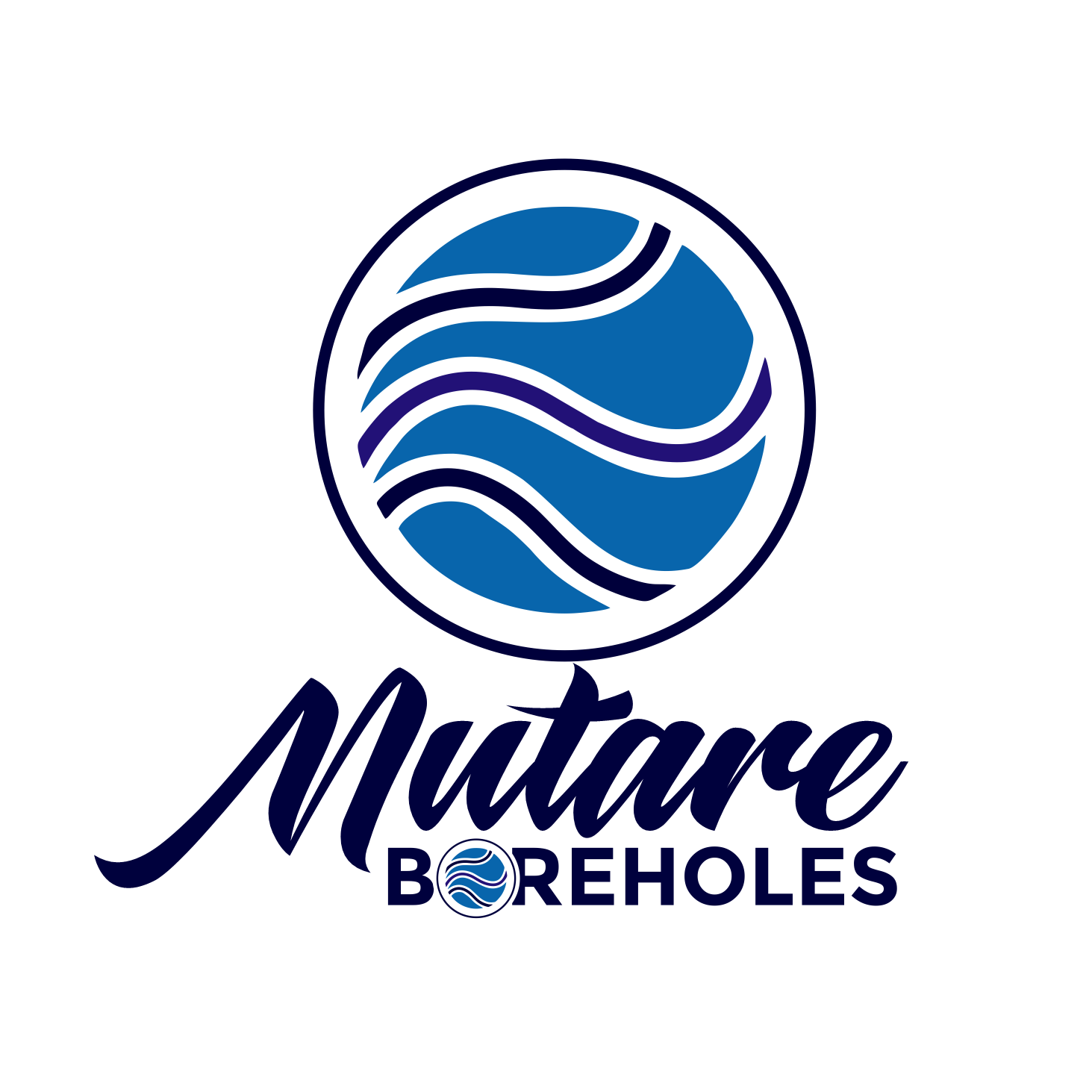 |
| computer networking |
Answer: In the world of computers, networking is the practice of linking two or more computing devices together for the purpose of sharing data. Networks are built with a mix of computer hardware and computer software.
Area Networks
Networks can be categorized in several different ways. One approach defines the type of network according to the geographic area it spans. Local area networks (LANs), for example, typically span a single home, school, or small office building, whereas wide area networks (WANs), reach across cities, states, or even across the world. The Internet is the world's largest public WAN.Network Design
Computer networks also differ in their design. The two basic forms of network design are called client/server and peer-to-peer. Client-server networks feature centralized server computers that store email, Web pages, files and or applications. On a peer-to-peer network, conversely, all computers tend to support the same functions. Client-server networks are much more common in business and peer-to-peer networks much more common in homes. A network topology represents its layout or structure from the point of view of data flow. In so-called bus networks, for example, all of the computers share and communicate across one common conduit, whereas in a star network, all data flows through one centralized device. Common types of network topologies include bus, star, ring networks and mesh networks.Network Protocols
 |
| computer networking |
Home Networking
While other types of networks are built and maintained by engineers, home networks belong to ordinary homeowners, people often with little or no technical background. Various manufacturers produce broadband router hardware designed to simplify home network setup. Home broadband routers allow devices in different rooms to efficiently share a broadband Internet connection, enable people to more easily share their files and printers within the network, and help with overall network security. Home networks have increased in capability with each generation of new technology. Years ago, people commonly set up their home network just to connect a few PCs, share some documents and perhaps a printer. Now its common for households to also network game consoles, digital video recorders, and smartphones for streaming sound and video. Home automation systems have also existed for many years, but these too have grown in popularity more recently with practical systems for controlling lights, digital thermostats and appliances.→ See also - About Home Networking
Business Networks
Small and home office (SOHO) environments use similar technology as found in home networks. Businesses often have additional communication, data storage, and security requirements that require expanding their networks in different ways, particularly as the business gets larger. Whereas a home network generally functions as one LAN, a business network tends to contain multiple LANs. Companies with buildings in multiple locations utilize wide-area networking to connect these branch offices together. Though also available and used by some households, voice over IP communication and network storage and backup technologies are prevalent in businesses. Larger companies also maintain their own internal Web sites, called intranets to help with employee business communication.Networking and the Internet
The popularity of computer networks sharply increased with the creation of the World Wide Web (WWW) in the 1990s. Public Web sites, peer to peer (P2P) file sharing systems, and various other services run on Internet servers across the world.Wired vs. Wireless Networking
Many of the same network protocols, like TCP/IP, work in both wired and wireless networks. Networks with Ethernet cables predominated in businesses, schools, and homes for several decades. More recently, however, wireless alternatives have emerged as the premier technology for building new computer networks, in part to support smartphones and the other new kinds of wireless gadgets that have triggered the rise of mobile networking.Pardon Madhede (Chief Operations Officer)
Pardon is a Molex Certified Network Engineer holding a mammoth experience in Information Technology. He has worked in various Capacities for companies such as Data Resources, Mealham Investments and Starcom Technologies...
For more information please call us one: 0773273396 | 0773543125
e-mail: twinsquareit@gmail.com
Facebook: Twinsqaure IT Solutions
















